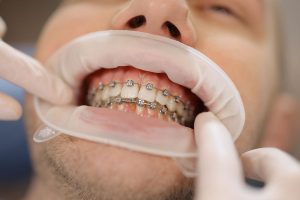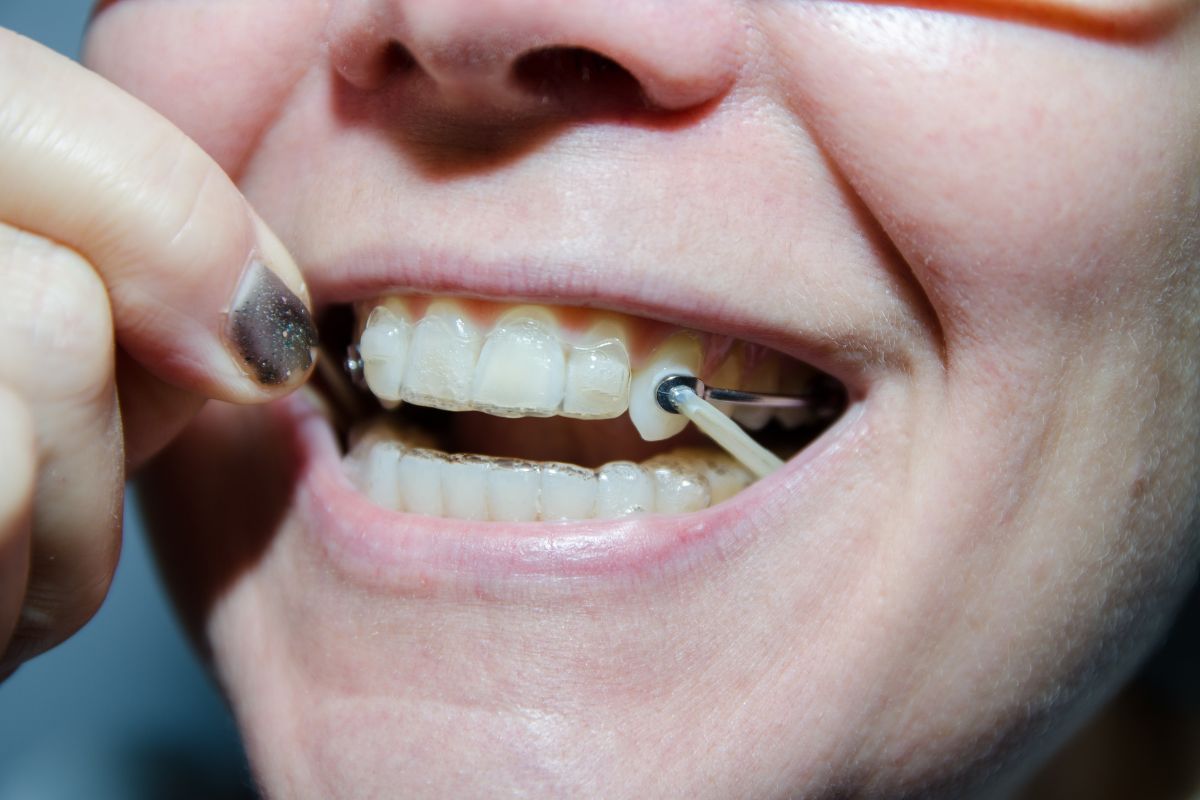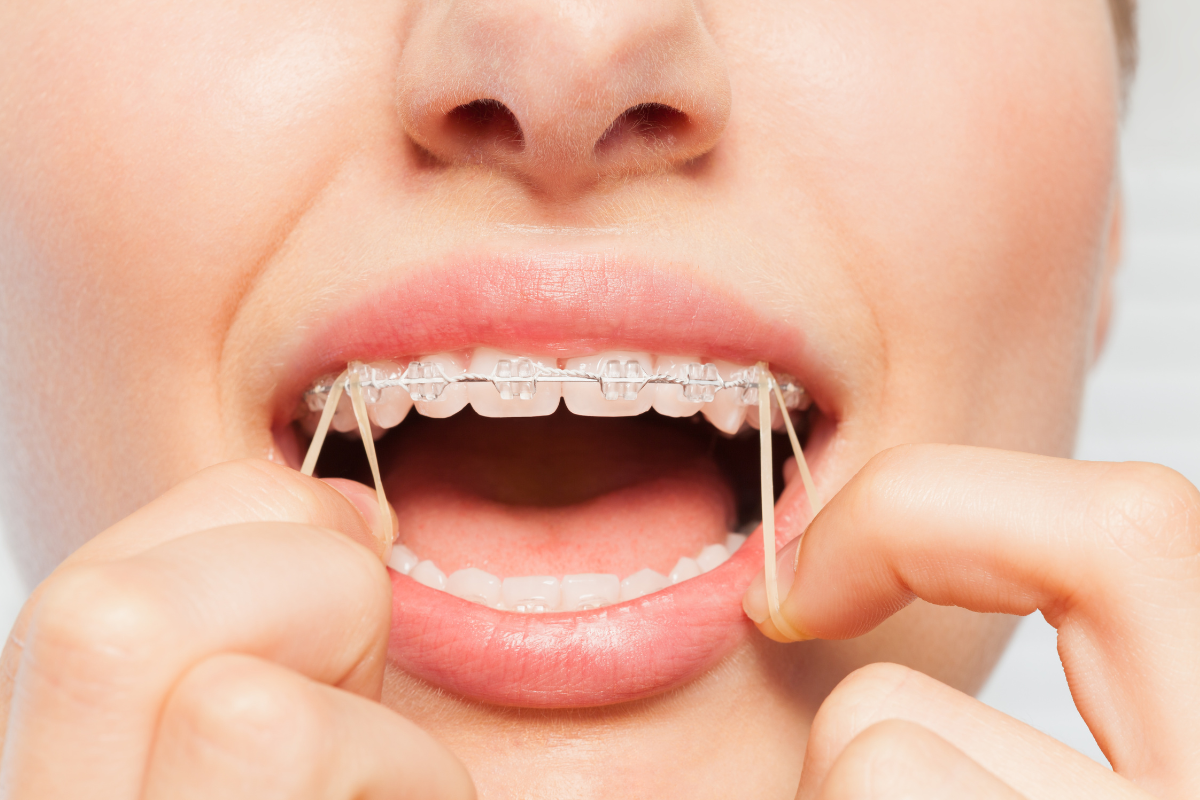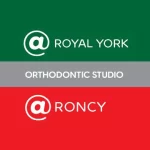

When it comes to achieving a beautiful smile, orthodontic treatments play a significant role in correcting dental irregularities. Among the various treatment options available, Orthodontic Banding and Bonding are two popular techniques that orthodontists use to help patients attain straighter and properly aligned teeth. However, many individuals often need clarification about the differences between these two procedures and which would be better for their specific needs.
In this article, we’ll delve into the details of Orthodontic Banding vs. Bonding, providing insights based on first-hand knowledge and credible sources. By the end, you’ll clearly understand each treatment’s benefits, drawbacks, and suitability for your unique situation.
Orthodontic Banding vs. Bonding: Explained
Before we delve into the differences between Orthodontic Banding and Bonding, let’s briefly explain what each treatment entails.
Orthodontic Banding
Orthodontic banding, commonly known as dental braces, involves using metal brackets affixed to the teeth using dental cement. These brackets act as anchors for archwires, which are then adjusted periodically by the orthodontist to guide the teeth into the desired positions. The archwires create tension, gently shifting the teeth over time, and elastic bands may be used to apply additional pressure to address specific alignment issues.
Bonding
Orthodontic bonding, on the other hand, utilizes a tooth-colored resin material to affix brackets directly onto the front surface of the teeth. This method eliminates the need for metal bands, making the treatment less noticeable than traditional braces. Once the brackets are in place, an archwire is threaded through them, and the orthodontist may use clear or tooth-colored bands for added discretion.
Understanding the Key Differences
Now that we have a basic understanding of both Orthodontic Banding and Bonding, let’s explore the differences between the two treatments:
Treatment Procedure and Application
Orthodontic Banding: The process of getting traditional braces involves several steps. First, the orthodontist cleans and dries the teeth before placing the metal bands around the molars. Then, the brackets are carefully bonded to the front surface of each tooth, and archwires are threaded through the brackets. This procedure typically takes around 1-2 hours.
Bonding: Orthodontic bonding, a more modern technique, simplifies the application process. The orthodontist starts by conditioning the teeth to help the bonding material adhere better. Then, the tooth-colored brackets are directly bonded to the teeth, and the archwire is secured. This procedure usually takes less time, ranging from 30 minutes to an hour.
Appearance
Orthodontic Banding: Traditional braces with metal brackets and wires are noticeable when you smile or talk. While some individuals embrace the classic look, others might feel self-conscious about the visibility of their braces.
Bonding: Bonding offers a more aesthetically pleasing alternative, as the brackets are made of tooth-colored material, blending in with the natural color of your teeth. This makes the treatment less conspicuous and ideal for individuals who want a more discreet option.
Treatment Duration
Orthodontic Banding: The treatment duration for Orthodontic Banding varies depending on the case’s complexity, but it typically lasts 18 months to 3 years. Complex orthodontic issues may require more extended periods of treatment.
Bonding: Bonding treatment duration is generally shorter than traditional braces, ranging from 6 months to 2 years. It is crucial to follow the orthodontist’s instructions to ensure timely progress.
Comfort
Orthodontic Banding: While traditional braces have come a long way in comfort, some patients may experience initial discomfort or irritation from the metal components.
Bonding: Bonding, with its smooth and tooth-colored brackets, is designed to be more comfortable, reducing the likelihood of oral irritation.
Cost
Orthodontic Banding: Traditional braces are often perceived as a more cost-effective option than other orthodontic treatments. The overall cost may vary based on the treatment’s duration and the case’s complexity.
Bonding: Due to advanced materials and technology, bonding treatments can be more expensive than traditional braces.
Cleaning and Maintenance
Orthodontic Banding: Cleaning around the metal brackets and wires can be somewhat challenging and requires specific tools like floss threaders to reach between the wires and teeth.
Bonding: Maintaining oral hygiene with bonding brackets is relatively easier, as they don’t have the same intricate design as traditional braces. However, regular dental check-ups and diligent cleaning are essential for both treatments.
Food Restrictions
Orthodontic Banding: With traditional braces, specific dietary restrictions prevent damage to the brackets and wires. Sticky, hard, or chewy foods should be avoided to protect orthodontic appliances.
Bonding: Bonding brackets are generally more durable, allowing for a broader range of food options. However, patients should avoid excessively hard or sticky foods to ensure treatment effectiveness.
Applicability for Complex Cases
Orthodontic Banding: Traditional braces are highly effective for correcting many orthodontic issues, including severe misalignment and complex malocclusions.
Bonding: While bonding is suitable for various cases, there may be better choices for highly complex orthodontic issues.
Banding or Bonding?
In conclusion, Orthodontic Banding and Bonding are effective methods to address orthodontic issues and achieve a beautiful, straight smile. With its time-tested approach, Orthodontic Banding is an excellent choice for complex cases and offers a more cost-effective option. On the other hand, Bonding provides a discreet and aesthetically pleasing alternative, particularly for individuals who prefer a less noticeable treatment.
Ultimately, the right choice between Orthodontic Banding and Bonding depends on your specific needs, preferences, and your orthodontist’s advice. By discussing your concerns and goals with a qualified orthodontic professional, you can make an informed decision and embark on your journey toward a confident and radiant smile.
Remember, every orthodontic case is unique, and seeking professional guidance will ensure you receive the most suitable treatment plan.
Achieve the Smile of Your Dreams with Us!
“A positive self-image and self-confidence can result from proper orthodontic care.”
This belief has been our foundation for over 17 years of creating beautiful, straight, and confident smiles!
With thousands of finished cases under our belt, we are confident in our ability to provide you and your family with excellent treatment delivered with expertise and care.
Plan your smile with one of the best Orthodontists in Toronto, Ontario. Schedule a virtual care or in-office appointment with us! Let’s work together to create the best smile for you and your family.
Frequently Asked Questions (FAQs)
How long does the Orthodontic Banding vs. Bonding treatment take to show results?
The time it takes to see noticeable results from Orthodontic Banding and Bonding treatments can vary. However, with consistent wear and proper care, patients typically expect to see improvements within a few months.
Are Orthodontic Banding and Bonding Painful?
Both treatments may cause some discomfort initially as the teeth adjust to the pressure applied by the braces or brackets. However, any pain is usually manageable and temporary.
Can I eat normally with Orthodontic Banding or Bonding?
While there are some food restrictions with both treatments, patients can generally eat various foods. It’s essential to avoid hard, sticky, or overly crunchy foods that could potentially damage orthodontic appliances.
How often do I need to visit my orthodontist during treatment?
Regular orthodontist visits are crucial for Orthodontic Banding and Bonding treatments. Typically, patients are advised to have check-ups every 4-8 weeks to monitor progress and make necessary adjustments.
Will either treatment affect my speech?
Initially, patients may experience slight changes in speech as they get used to the braces or brackets. However, speech issues are usually temporary and improve with time.
Can adults get Orthodontic Banding or Bonding?
Yes, both Orthodontic Banding and Bonding treatments are suitable for adults who wish to correct their teeth alignment and achieve a straighter smile.
Recent Posts
-
Inside the World of Orthodontists: Education, Precision, and Transformative Treatments
The Evolution of Orthodontics: A Brief Historical Overview Orthodontics, an integral branch…
-
How Orthodontists Plan a Treatment for a Beautiful Smile
Understanding the Patient's Unique Needs A positive self-image and confidence can result…
-
Unleash Your New Smile! Here's What You Need to Know Before Braces Removal
Are you excited to see your smile transformation? Taking your braces off…
-
Traits That a Good Orthodontist Should Have
Choosing an orthodontist is half your smile transformation journey. That’s why in…
-
How Braces Can Help Fix an Asymmetrical Jawline
An asymmetrical jawline can cause concern for many individuals, affecting their appearance…
-
Can Cavities Be Reversed?
Cavities are among the most common dental issues people of all ages…
-
What to Prepare During Your First Braces Appointment
Are you about to embark on your journey to a beautiful smile…
-
Taking Care of Baby Teeth: A Comprehensive Guide for Parents
Caring for our children's health is one of our most crucial responsibilities…
-
What are Brace Elastics?
If you or someone you know is undergoing orthodontic treatment with braces,…
-
Difference Between an Overjet and Overbite: A Comprehensive Guide
Two orthodontic terms that often confuse our patients are "overjet" and "overbite."…







 Instagram
Instagram
